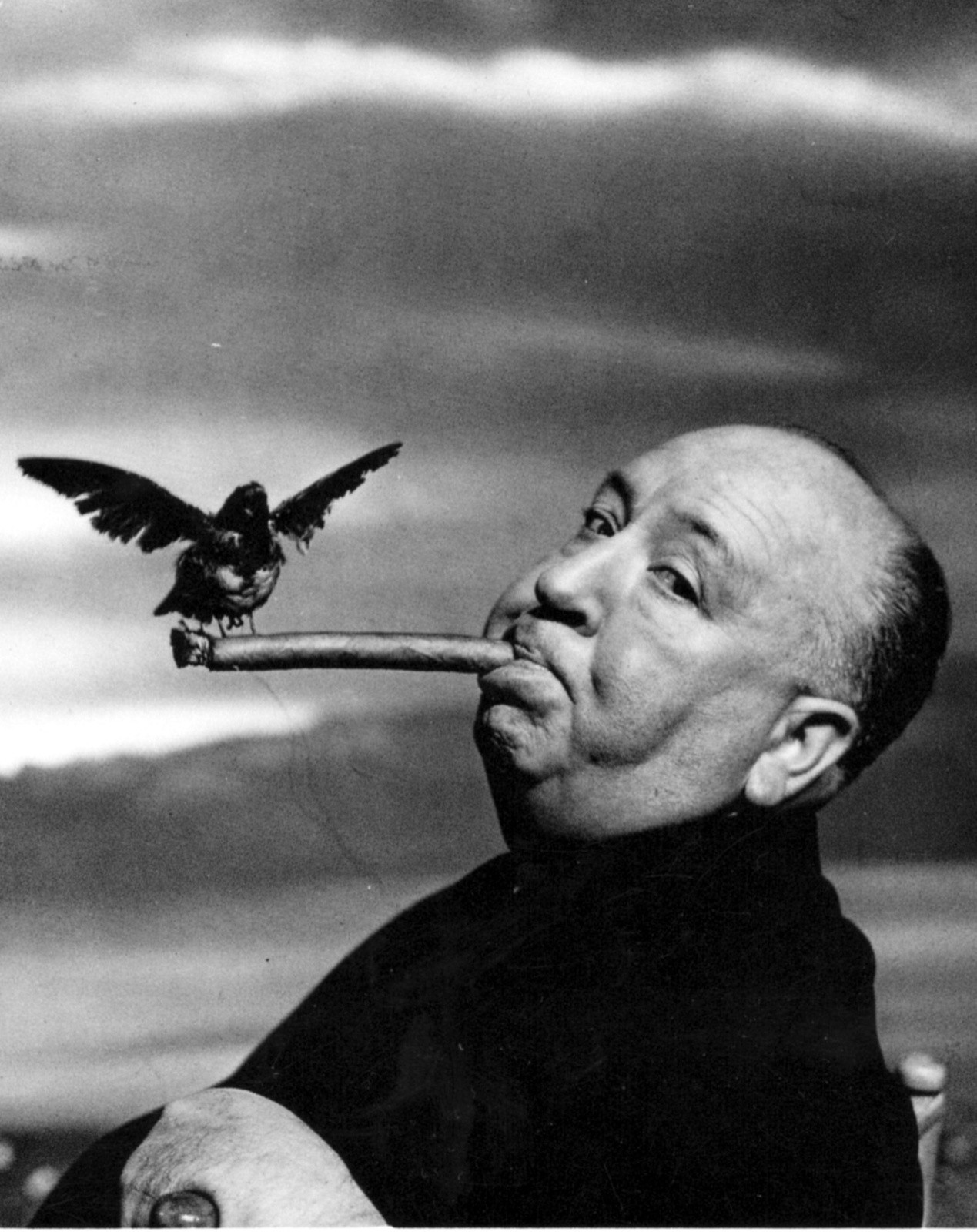 |
| Alfred Hitchcock |
The greatest films vary in speed, movement, and pace. This is because the best filmmakers know that long strips of roll film create slower rhythms while shorter strips create rapid rhythms.
Space and time are often manipulated in order to ease the audience into knowing when and where the action is taking place. For example, two different scenes can be depicted on the same screen in order to show that the two are related in some way. While with time, tactics such as parallel cutting can be used in order to show concurrent events in time that take place in different settings by cutting between the two different scenes.
The final two principles often used when using continuity editing are theme and tone. By juxtaposing contrasting shots, the editor can deepen the film's theme. This is commonly seen in films with themes that depend on contrasting two ways of life.
In order to portray a particular mood: light, shade, and color are primarily used in depicting the tone in films. As seen in, The Lion King, a prime example of this is the color of the flashback, which is notably different than the present action at hand.
Whereas in the flashback the editor uses much more typical happy colors and shades in order to show that the times from the past were good times for Simba, especially in comparison to Simba's present.
These scenes also add to the depth of the film as they enhance the theme since they are a juxtaposition of contrasting shots. In one scene, Simba and his father (Mufasa) are together and happy. And in contrast to that happiness is a the alternate scene in which Simba is shown as frustrated and miserable, without his father. By using these principles the editor was able to make an ongoing narrative with unobtrusive transitions between contrasting scenes.
ReplyDelete